Survey 9
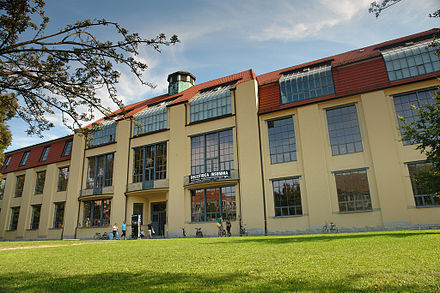
The Bauhaus
In 1919, the Bauhaus in Germany was founded by architect Walter Gropius. The goal of the school was to bring all types of art together and embrace mass production, as well as the new materials of the time. Simplicity of form and only adding things that were essential to the design, and that art should meet the needs of society were their ideals, some of the only similarities between the vast variety of works and styles to come out of the bauhaus
Design
The Bauhaus wanted to bring art and industrialization together and into everyday life. They intended to reject and reinterpret the ideas of design and art at the time and show it can be part of everyday life. They worked on everyday items like chairs, tables, clothing, and textiles so that the general populace could use them and have a masterfully crafted piece of design in their home. Due to this ease of access the style spread easily to the general public and inspired many other movements and styles. The design of the Bauhaus is characterized by their bold primary colours, functionality, and geometric shapes- these exemplifying the ideas of simplicity in form.
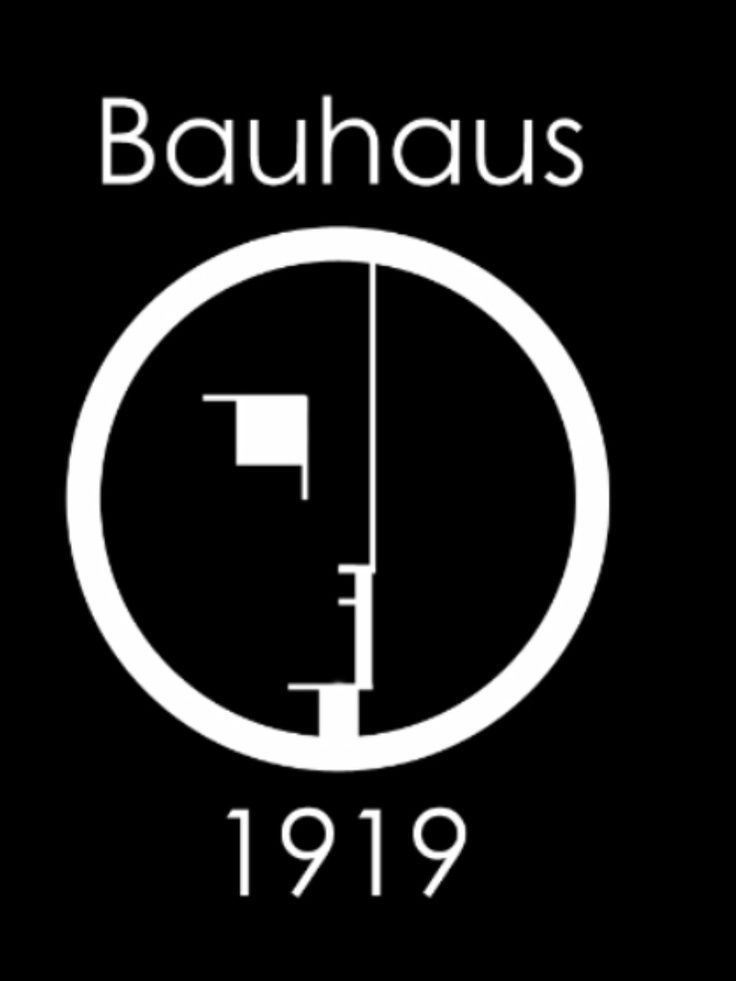
Bauhaus logo
https://abduzeedo.com/bauhaus-influence

Bauhaus Dessau
https://www.floornature.com/100-years-bauhaus-14386/
Architecture
Architecture in the Bauhaus and coming out of the school followed the same ideals of function and bringing design into the modern industrial age. As with their furniture, posters and other designs, everything in the architecture had to have a purpose, no ornaments or additions just because it looked good. Most buildings were made of concrete, glass, and steel so they could celebrate the new materials and also be built to last. Large walls of glass, use of simple geometric forms, asymmetry, and open floor plans were extremely common in these buildings as well as truth to materials (the celebration of the building material through leaving it exposed.). This style greatly inspired American architecture later on after the closing of the Bauhaus in 1933.
Sources
https://www.metmuseum.org/toah/hd/bauh/hd_bauh.htm
Bauhaus: How the Avant-Garde Movement Transformed Modern Art
The bauhaus (book)- whitford
The bauhaus reassessed(book)- Gillian naylor
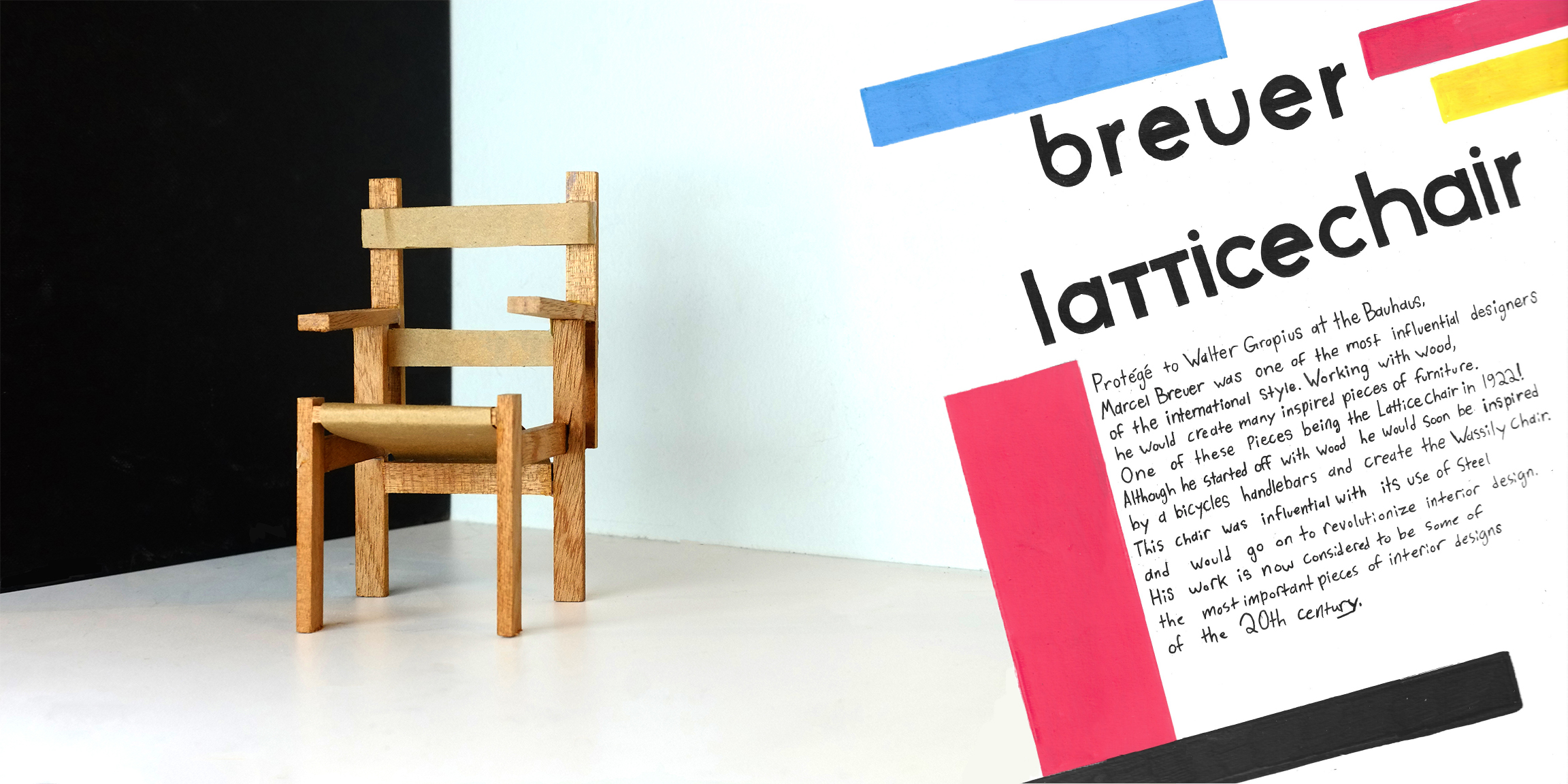
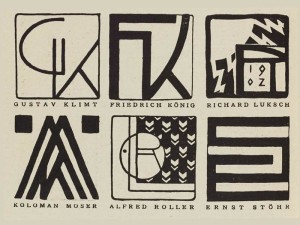

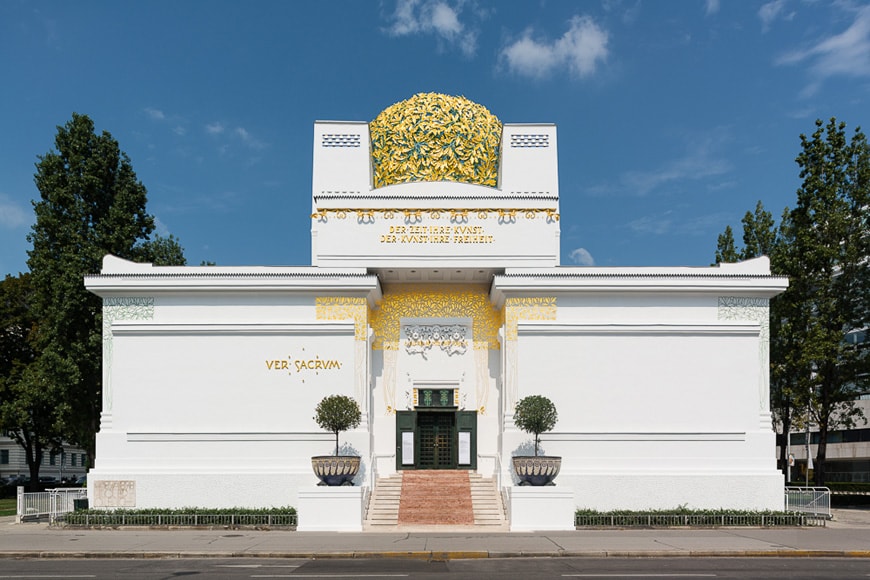



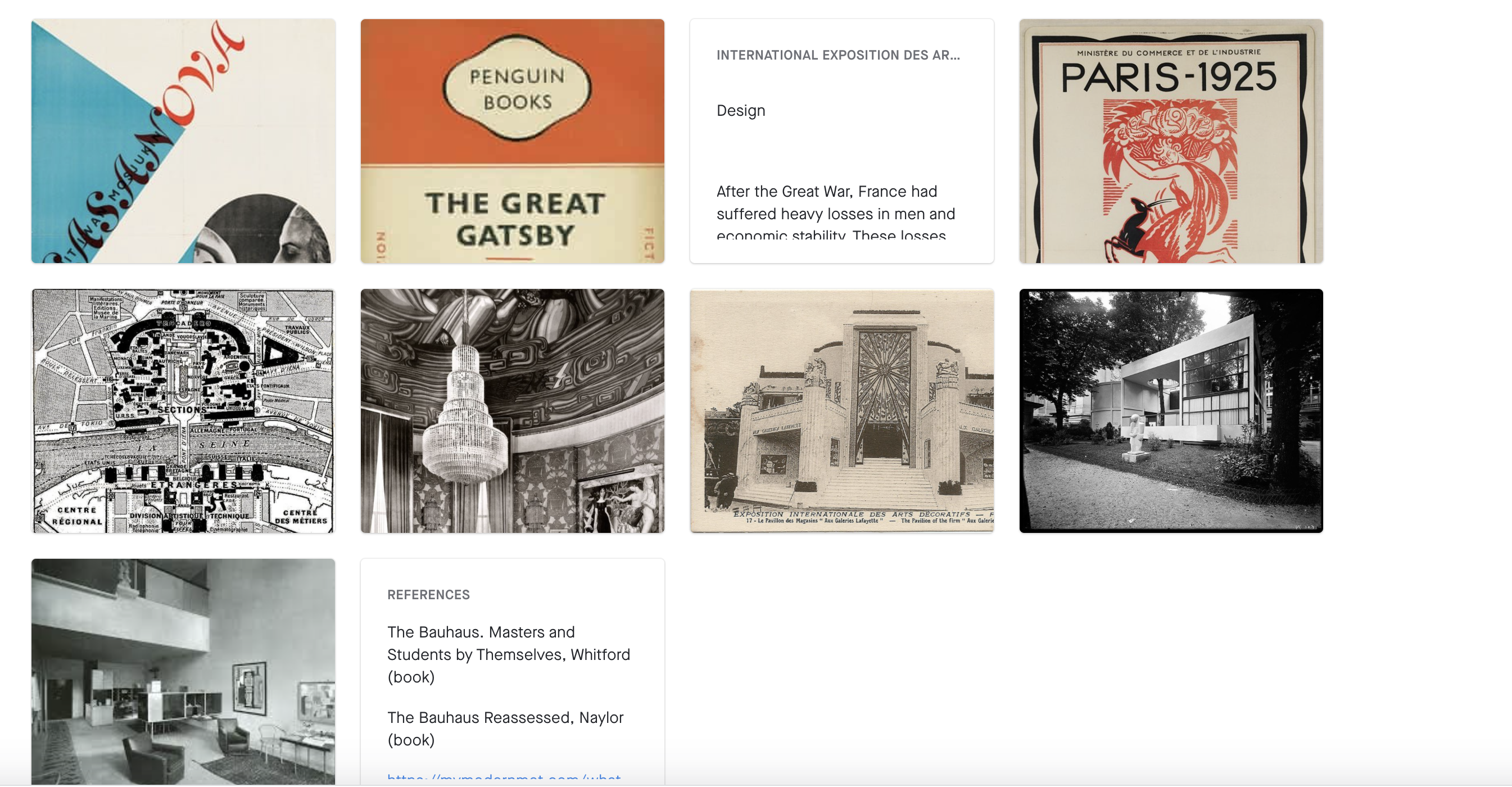
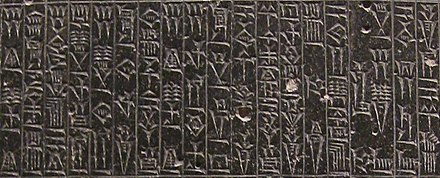
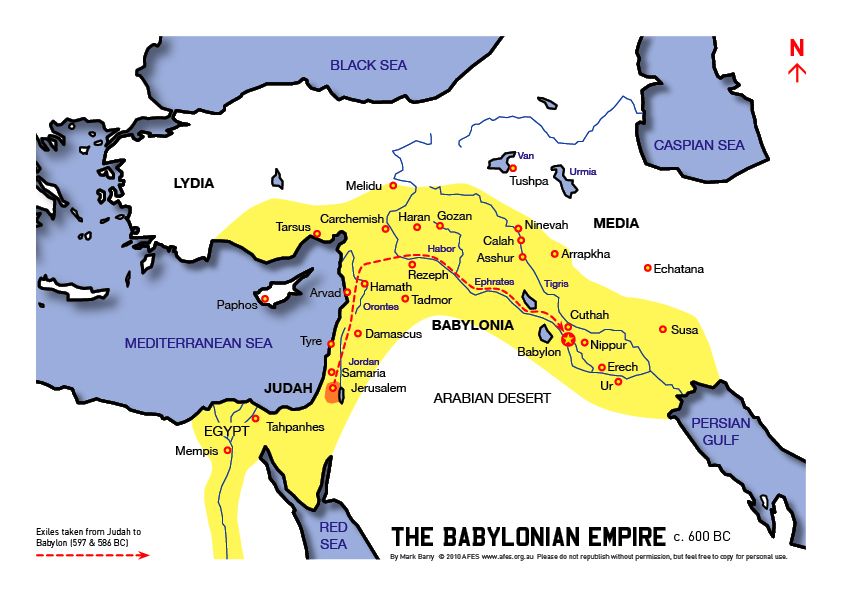
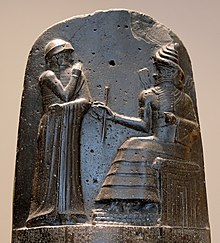
Recent Comments